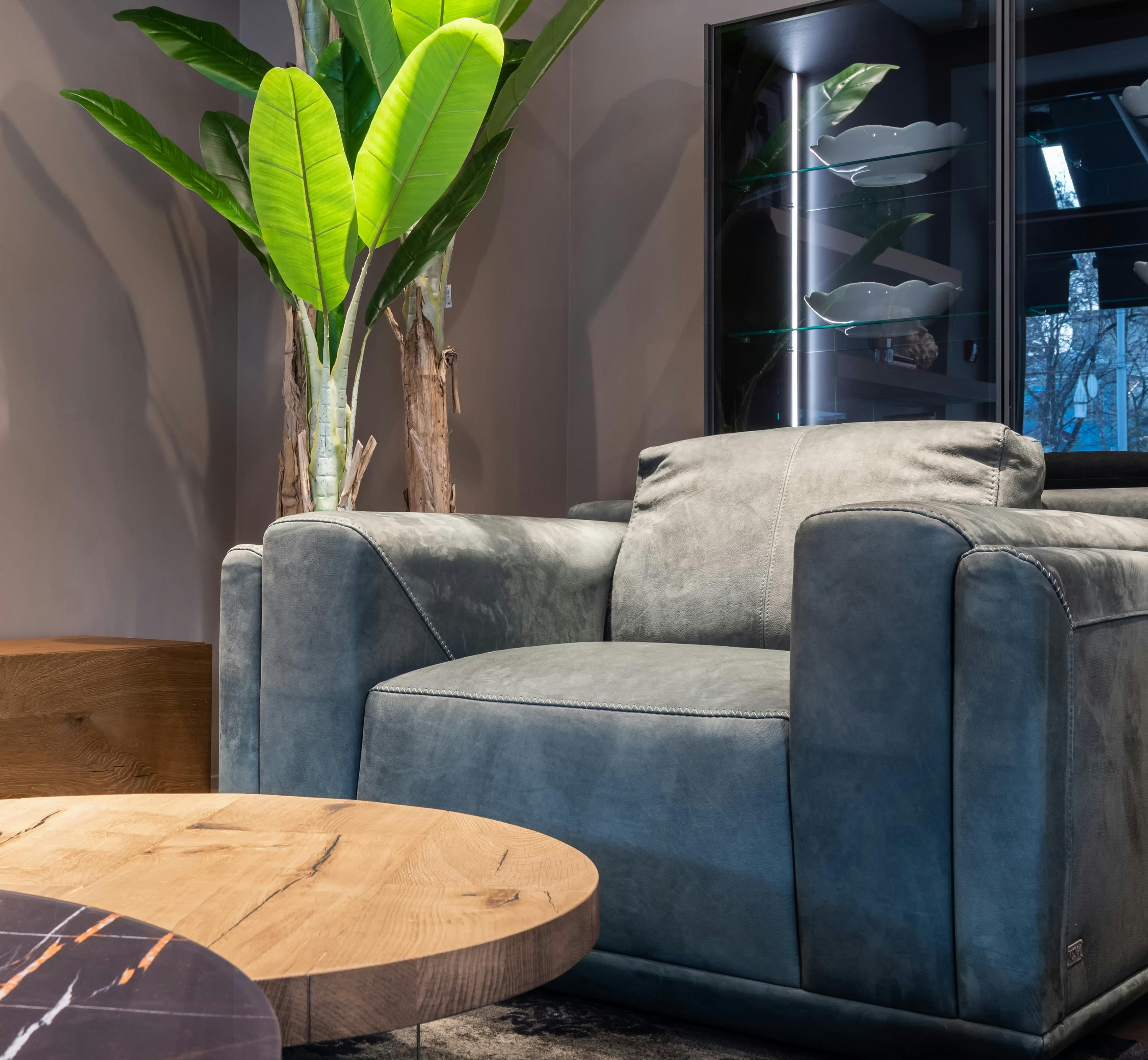Before you built your koi pond, you undoubtedly took a lot of time to plan the layout. Then, once it was built, he probably checked over and over again that everything was in perfect working order. The pipe, the filter, the pump, etc. Well, taking as much care, thought, and planning about your koi is just as important.
Most experienced koi breeders will agree that in order to give your koi the best chance to thrive and live a healthy life, it is vital to source your stock from a reputable and experienced breeder. A local one, since many trips can stress the fish. Keeping your koi healthy is imperative if you want to be successful in breeding and earn a good reputation. Dealing with other equally reputable breeders and suppliers is a good place to start, because their good habits will rub off on you.
I know that it is not always possible to have a local koi breeder, so sometimes it is necessary to transport them. As long as your travel conditions are right, they should be fine.
Quarantining new koi fish
Whenever you get new koi fish, it is important to keep them in quarantine for at least 3 weeks. Do not put them directly with the rest of your stock. If not properly quarantined, they could easily infect and wipe out your stock due to the bacteria and diseases they could carry, such as flukes and worms, so isolation is absolutely vital. This means that there is no contact, water or food mixed between your new koi and its current population. While they are in quarantine, you need to watch for signs of stress and illness. These can include lack of appetite, eye or scale discoloration, damaged fins, and lethargy. All of these are treatable, of course. For example, physical injuries, such as broken fins, can be treated with antibiotics distributed with food. Another example is loss of appetite. It is possible that your koi could have internal living organisms, in which case you could use something like PraziPro, which is a safe treatment for internal living organisms, including flukes and worms. I would advise against the use of potassium permanganate except as a last resort, that is if all other treatments are unsuccessful. Potassium permanganate can cause burns to internal tissues.
Add them to your pond
Now that your koi have finished their quarantine period and all is well with them, you can now add them to your pond. Remember, however, that now that you’ve added additional koi to the pond, it means you’ll need to increase your water changes. You should already be changing a minimum of 36% of your pond water per week to keep the ph value stable and nitrates low. Adding more koi to the pond means increased debris in your filter. New infections and nitrifying bacteria can take a while to build up, so changing your water regularly will keep nitrites low. Regarding water changes, salt should be added daily. This is the iodine-free salt used for ponds and aquariums. Salt is good for koi. It helps with breathing, fur, and the elimination of parasites. Plant fiber is also good for koi. Eating this will help prevent bloating.
Keeping your koi healthy can be challenging, but it can definitely be accomplished by keeping them in a clean, stress-free environment with stable water and good quality food.
This is when you realize that all your hard work has paid off.
